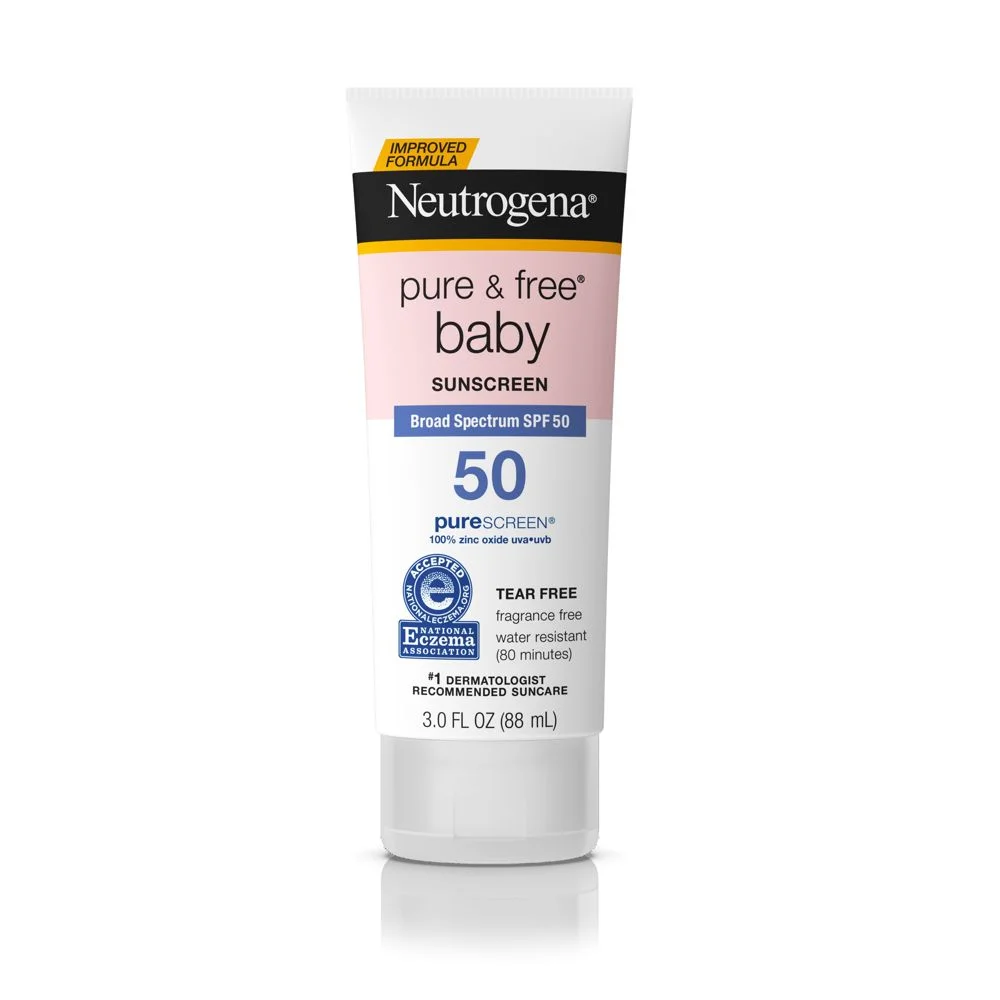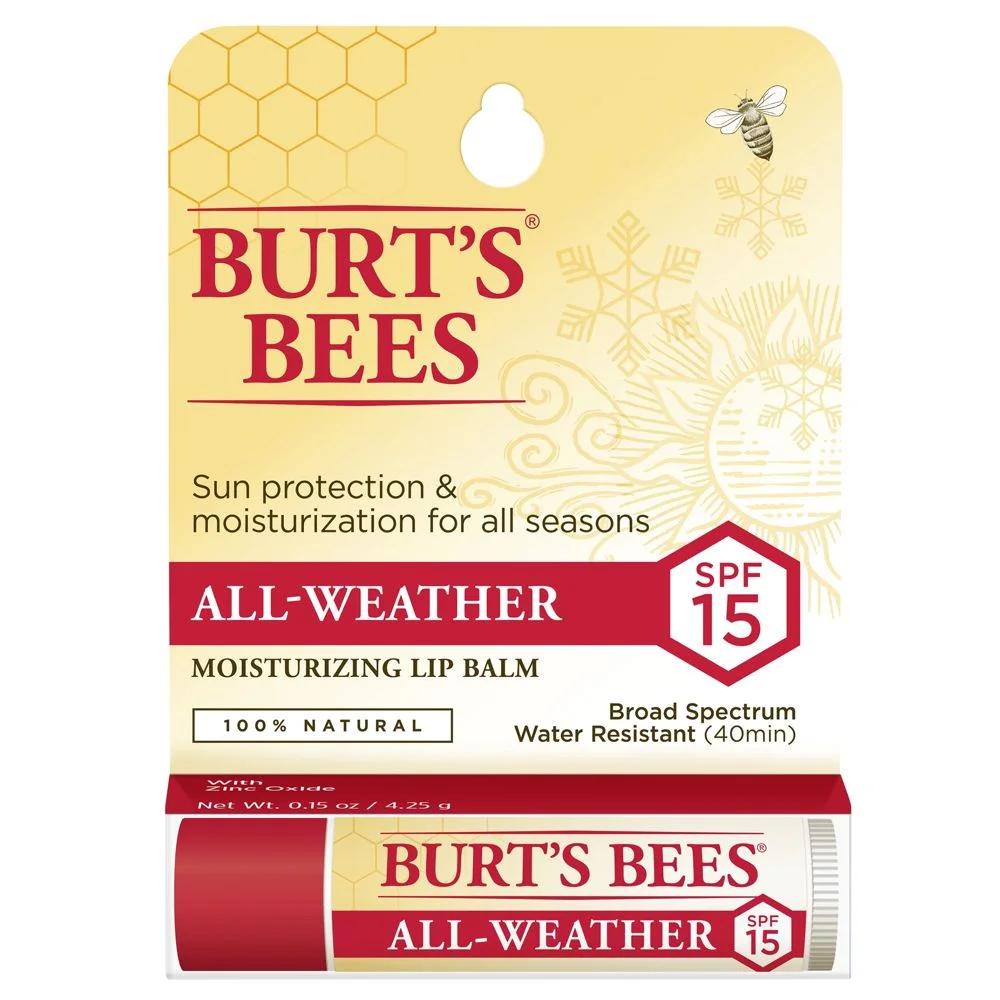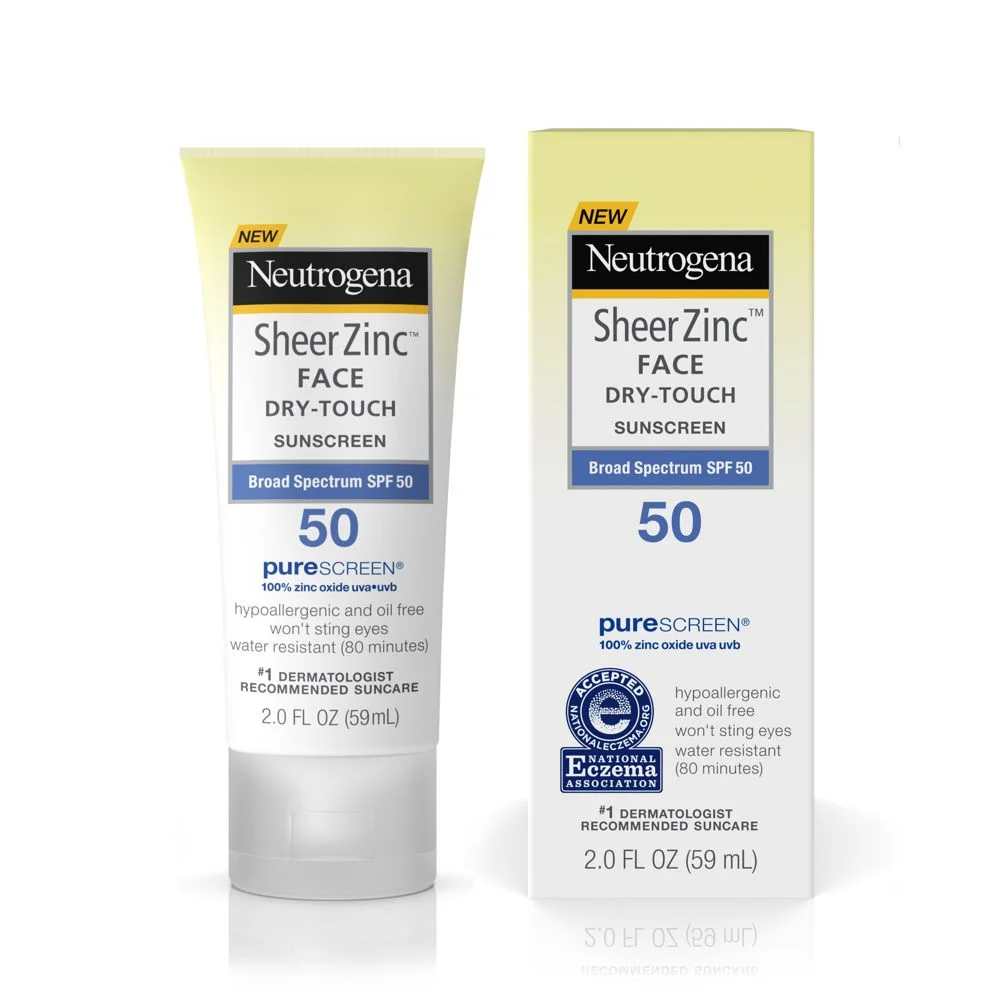Getting Sun | The Good + The Bad
We’ve been tuned to thing that the Sun is our enemy. Yes, there are harmful consequences of overexposure, and even, no exposure.
There are so many benefits of the Sun and understanding it can help us appreciate it, strengthen our vitamin intake, immunity, and barrier levels. Here’s how to get all the benefits of sun exposure without all the risk.
We talk to Dr. Caplan and Dr. Jandes, both certified Functional and Integrative Medicine practitioners that appreciate the benefits of what nature has to offer us with the scientific knowledge of what risks to avoid and how.
The Sun and Its Rays
Sunlight consists of three different wavelengths of ultraviolet light: UV-A, UV-B, & UV-C.
UV-C is absorbed by the oxygen and ozone in the earth's atmosphere and does not reach the earth’s surface. With the earth’s depleting ozone layer [at a rapid rate] UV-C may have eventually made its way to the earth’s surface where skin cancer rates would have increased dramatically. UV-C is the most harmful since it has the smallest wavelength and therefore contains the most energy.
“Throughout evolution, we have always had a strong relationship with the sun”
Sunlight helps keep our innate circadian rhythm in sync, initiates production of vitamin D in our skin, releases beta-endorphins, and stimulates production of nitric oxide.
Benefits of Getting Some Sun
Vitamin D
Our skin uses the UV-B rays to produce this extremely important vitamin, actually considered a hormone in the body and is needed for many functions:
Maintain bone health.
Regulate the immune system, enhances our defenses.
Shut down a cortisol release pathway, lowering the body’s stress signals.
Necessary for absorption of calcium and phosphorus.
Decrease risk of cardiovascular issues + certain cancers.
Many are deficient - “Upwards of 60ng/mL are ideal for most people-especially chronically ill people or people dealing with an autoimmune disease” reminds Dr. Caplan.
Dr. Jandes highlights the importance of magnesium for the absorption of Vitamin D: “Much of our soil has been depleted of magnesium so I often advise supplementation with a form of the mineral, such as magnesium glycinate, for optimal levels” and Vitamin K2 to direct the calcium into the bones and teeth and keep the calcium out of the arteries.
Nitric Oxide - circulation
Exposure to UV-A rays helps the skin release more nitric oxide (NO) - helps with increasing blood flow, decreasing blood pressure and preventing red blood cells from sticking together.
Serotonin - helps control our mood
This is one reason why people experience Seasonal Affective Disorder or “winter depression” due to lack of sunlight during winter months.
Beta-endorphins
Exposure to both UV-A and UV-B promote the release of beta-endorphins - endogenous opioids that create a feeling of wellbeing similar to a runner’s high and can also provide pain relief and promote relaxation. This explains the addictive quality of sun exposure, including tanning beds.
Circadian Rhythm
Getting natural sunlight exposure is also important in regulating our circadian rhythm which is responsible for our sleep-wake cycles.
We are diurnal animals naturally programmed to be awake when the sun is shining and asleep when it is not.
In the absence of sunlight, we produce melatonin.
“I recommend letting sunlight hit your closed eyelids as early as possible after waking for about 5-10 minutes to help shut off melatonin production. Those with light colored eyes (blue, green, and hazel) keep this close to 5 minutes as there is less UV-protecting pigment. If you’re an early riser, it may be helpful to buy a 10,000 lux, UV-free light to shine on your face - I like the Verilux HappyLight products. This is not a replacement for sunlight, but can definitely help with sleep issues and mood changes in the winter months.” advises Dr. Jandes.
“Sun exposure is a necessity for all humans.”
Sun Dangers + Protection
“We have been led to believe that any sun exposure increases our risk of skin cancer, not to mention signs of skin aging …[fine lines, wrinkles + hyperpigmentation]. However, there is a way to get the benefits of sun exposure while minimizing the risks”
the right amount of sun can be preventive
Dr. Caplan highlights that “In fact, appropriate sun exposure may actually be an important factor in prevention of skin cancer! Vitamin D in the skin can actually act as an antioxidant in exposure to the UV rays in sunlight”. Research has shown that the extremes of sunburns and conversely infrequent sun exposure actually increase risk of skin cancer more than heavy regular exposure.
This is partially due to the protective effects of the skin’s melanin, or color pigments, which are also produced with sun exposure.
darker skin is not naturally safer / more protective
A base tan or naturally darker skin is not by itself protective against skin cancer, more melanin does help block the sun’s UV rays. (The negative is that it also blocks the skin’s ability to make vitamin D so people with darker skin tend to have lower vitamin D levels).
pay attention to the amount of time it takes for your skin to burn
The key to benefiting while reducing risk is all in the timing. This is of course different person to person, but in general, you only need to expose your skin for about half the time it takes for your skin to burn.
how much direct sunlight before SPF
Depending on skin type, location and sun strength (time of day and season), this could be 15 minutes to a couple hours.
Lighter Skin Tones:
That tend to burn more easily, obviously need to limit their exposure to prevent burning.
Dr. Jandes recommends: slowly increasing the duration of time without sunscreen in the beginning - very important to avoid sunburning as that is the largest risk factor for skin cancer and other skin related health issues. Apply sunscreen after only 5 minutes for the first couple of days and slowly increase tolerance with a maximum time of 30 minutes prior to applying sunscreen.
Darker Skin Tones:
Need longer exposure to benefit. If your skin starts to feel hot or gets pink it’s time to get out of the sun and cover up! More likely to need Vitamin D supplements because of this too.
Certain conditions:
Certain autoimmune diseases such as Lupus, can also cause photosensitivity. They need to cover up and supplement with oral vitamin D3 since they have to avoid direct sun exposure.
Sunscreen
Dr. Caplan explains if sunscreen is an “easy solution or hidden danger?”, highlighting:
“Not all sunscreens are created equal”
Toxic, harmful ingredients [some show to be carcinogenic and/or hormone disrupting] can be more harmful than the sun itself.
“Many sunscreens only block UV-B rays (hence blocking the benefits) and still allow UV-A rays to penetrate the skin and cause DNA damage which can lead to skin aging and cancer.”
Therefore, while you want to protect yourself after some healthy direct exposure, you want to:
Avoid toxic ingredients in your sunscreen
Use broad spectrum [to protect from UV-A + UV-B]
Get some direct sunlight as the sunscreen also blocks the benefits discussed above
“Broad spectrum will block both UV-A & UV-B which will block vitamin D, all of the B-endorphins, and nitric oxide.” highlights Dr. Jandes
sunscreen toxic ingredients to avoid:
Oxybenzone
Octinoxate
Homosalate
Retinyl Palmitate
“Avoid aerosols because they contain nano-particles that are easily inhaled into the lungs” reminds Dr. Jandes
If you prefer spray bottles, chose non aerosols sprays [BeautyCounter is a great example of a good option].
Opt for:
Natural non-nano form of zinc oxide which blocks both UV-A and UV-B rays.
“Zinc Oxide blocks both UV-A and UV-B and is considered safe for humans, wildlife, and the environment” says Dr. Jandes.
The Environmental Working Group conducts a report on sunscreens annually that I suggest reading. A good rule of thumb is to check any cosmetic against the EWG website for known toxins, carcinogens, hormone disruptors, and environmental pollutants.
SPF Levels
SPF stands for sun protection factor and is a measure of protection from ultraviolet B radiation only. When choosing sunscreens, look for brands that offer “broad spectrum” protection from both UV-A and UV-B rays.
PureWow and EWG also have interesting insight into SPF levels above SPF50. In summary, higher SPF can be more protective, but only if you do not use the lower SPF properly. Don’t get too dependent on the higher SPF either!
Some SUNSCREENS we love:
Round up of specific ones we like, and that score a ‘1’ or ‘2’ score on EWG’s rating.
Cover photo: David Lezcano






















